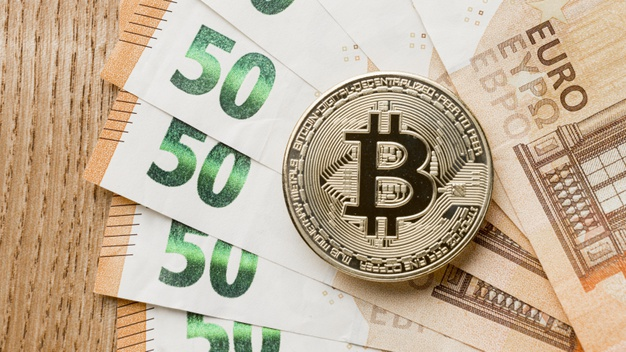With the development of cryptocurrency, cases of fraud on crypto exchanges have increased. Scammers want to get these unique funds at any cost and resort to various methods, mostly dishonest methods and theft.
Cryptocurrency Exchanges
Cryptocurrency can only be used on the internet. Unfortunately, it is intangible, so in order to get real money that people use in everyday life, cryptocurrency exchanges were created. With the help of special software platforms, crypto wallets are created, filled with virtual currency, and then on the crypto exchange, you can exchange it, for example, for dollars or other digital assets, as well as conduct trades.
On such trading platforms, there is a tendency that users cannot control their personal crypto assets, platform owners can impose restrictions on client functions and unilaterally are responsible for the security of currency on the crypto exchange. This is, of course, not very convenient for the owners of coins and tokens.
As a result, it becomes clear that with the help of crypto exchanges, you can:
- buy cryptocurrency;
- sell cryptocurrency;
- trade, i.e., exchange;
- store crypto money.
Fraud on Exchanges
There is a scam scheme called the "triangle" - its essence is that three parties are involved - a buyer, a seller, and a scammer. The fraudster creates a deal on a p2p platform to purchase cryptocurrency from the seller, providing them with details for transferring crypto funds. Then the scammer finds a person who buys any goods offered by the scammer, making a prepayment to the card created for the "triangle" deal. After the funds arrive on this card, the scammer instantly closes the deal and keeps the money. Thus, the person who made the prepayment is left without goods, and the scammer receives the money, with the claim only possible against the seller who provided their personal data.

There is another method called "doubles", which involves the buyer receiving two different offers with the same amount from an identical payment system. Then the seller receives a fiat currency amount from the first buyer and transfers the crypto funds. After that, the second buyer provides confirmation of the payment, although the money did not actually arrive in the account. Then this buyer provides a photo of the transfer, convincing the seller of the existence of the payment, while both buyers are naturally in collusion. This allows them to receive payment twice, with the result that the seller transfers the cryptocurrency to another buyer, not the one who paid. After such manipulations, only the buyers and the person who entrusted their data to the scammers remain deceived, allowing them to verify the illegal transaction using their assets and data.
Trading Risks
In the process of trading, it is impossible to avoid risks completely, as it is never known what will happen in the market. The trader's experience lies in managing risks rather than focusing solely on profits.
The most important thing is the correct calculation of the profit-to-risk ratio during transactions, which allows for a stable income, even if not every transaction is profitable.
Currently, six types of trading risks are typically identified:
- liquidity risks;
- market risks;
- leverage risks;
- interest rate risks;
- country risk;
- bankruptcy risk.
An equally important risk in trading is encountering or making a deal with an unscrupulous broker involved in fraud. Such a broker promises to increase investments with small contributions in a short time; such an offer should be alarming, as it is most likely a scam.
Also, the risk of trading is that you can either earn in percentage terms or lose everything.

How to Protect Crypto
To ensure the protection of cryptocurrency, you need to create:
- a crypto wallet on a reliable, verified platform;
- create complex passwords with a different combination of characters, such as numbers, letters, and symbols;
- periodically change access passwords to the crypto wallet;
- enable two-factor authentication with an additional password for wallet access;
- do not share wallet data, including secret codes and wallet number, with outsiders.
Among crypto wallets, "cold wallets" are considered reliable - these are separate devices that allow you to store all data about the crypto wallet, its access passwords, codes, and contents offline. To go online, simply connect the "cold wallet" via a USB port and log onto the trading platform.
By adhering to simple security rules, you can easily protect your crypto from fraudsters' encroachments on online trading platforms and crypto exchanges.
 >
>